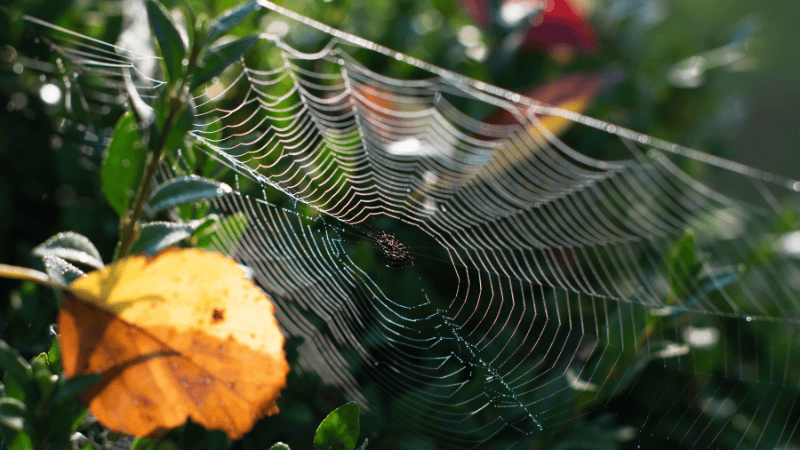A Bug on the Move - the Kudzu Bug
The kudzu bug, scientifically known as Megacopta cribraria, is a new pest to the United States. These almost square bugs are about the same size as adult lady beetles but are not beetles. They are closely related to the stinkbug and are, in fact insects. Recently introduced to the United States from Asia, this insect has spread throughout the southern states including Alabama and Georgia. There is some indication that they may be moving toward Pennsylvania and other Mid-Atlantic states. What are these bugs, how can you identify them and what habits can be destructive to our environment? Let's take a closer look at Kudzu bugs.Identification - Adult Kudzu bugs are just about the same size as lady bugs but instead of the iconic red round body, Kudzu's have a square shape with an olive green hue. Eggs of kudzu bugs (Figure 3) are a light tan color, barrel-shaped, and often placed on plant leaves in two rows.Habits - Kudzu bugs feed on kudzu and on many other plants such as wisteria, soybeans, and most any bean plant. Some types of wisteria are invasive plants from the same region of the world as kudzu. In the fall, large numbers of kudzu bugs will move from plants to sheltered areas to overwinter. That means structures and homes are at risk of invasion. Large numbers of kudzu bugs are a nuisance in and around structures. Their body secretions produce a foul odor and can stain fabrics and wall coverings. Directly handling kudzu bugs can cause staining of the skin and even blistering and moderate discomfort in some sensitive individuals.While we don't need to worry yet about these nuisance insects in the northeast we are keeping our guards up for all pests that are on the move.



